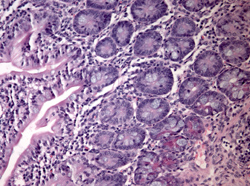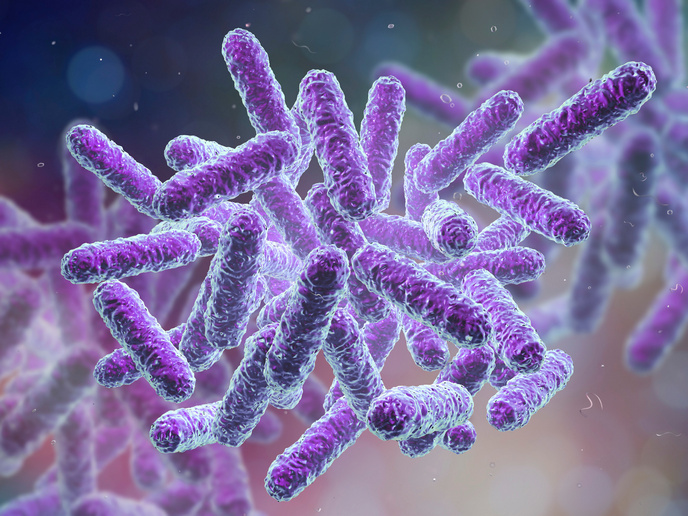Archive tissues for clinical research
Histopathology diagnosis of tissues from biopsy or surgical therapy is usually performed on fixed tissues, embedded in paraffin, which are subsequently stored as archive material in the hospital. Access to this collection of archive tissues is sometimes critical for clinical practice as this fixed tissue is the only material available from a patient for molecular analysis. Also, archive tissues could be advantageous for clinical and translational research. However, there are certain ethical rules that need to be in place when using human tissues, alongside the development of appropriate techniques for preserving the macromolecules to be studied, including DNA, RNA and protein. Seeking to address these issues, the EU-funded ‘Archive's tissues: improving molecular medicine research and clinical practice’ (IMPACTS) project involved the coordinated action of 20 participants in 11 countries. The main objective was to validate and standardise molecular methods for DNA, RNA and protein analysis in paraffin-embedded tissues. Project partners developed new methods that allowed protein analysis in tissues fixed in formalin, the standard method of fixation. Additionally, new fixatives were tested that preserved macromolecules in the same way as in frozen tissues. These methods allowed molecular analysis at the protein, DNA and RNA levels directly in the tissues used for clinical diagnosis. The guidelines for this type of analysis were prepared by the IMPACTS group and published by Springer Verlag in 2011, with the title “Guidelines for Molecular Analysis in Archive Tissues”, editor: Giorgio Stanta. The consortium also developed tissue bio-banking guidelines for archive material and among the participants defined a network of archive tissue virtual banking which was included in the European Biobanking Infrastructure (BBMRI). Furthermore, bioethics issues were discussed to address the use of archive human tissues for clinical research. The project was continued in the form of pan-European collaboration with the European Society of Pathology and the BBMRI. Overall, the Impacts project improved current methods of tissue fixation to best preserve the macromolecules of interest and set ground rules for using patient archive tissues in clinical research. The use of archive material will greatly benefit clinical research and advance our knowledge on a number of rare pathological entities and cases with long follow-up.







